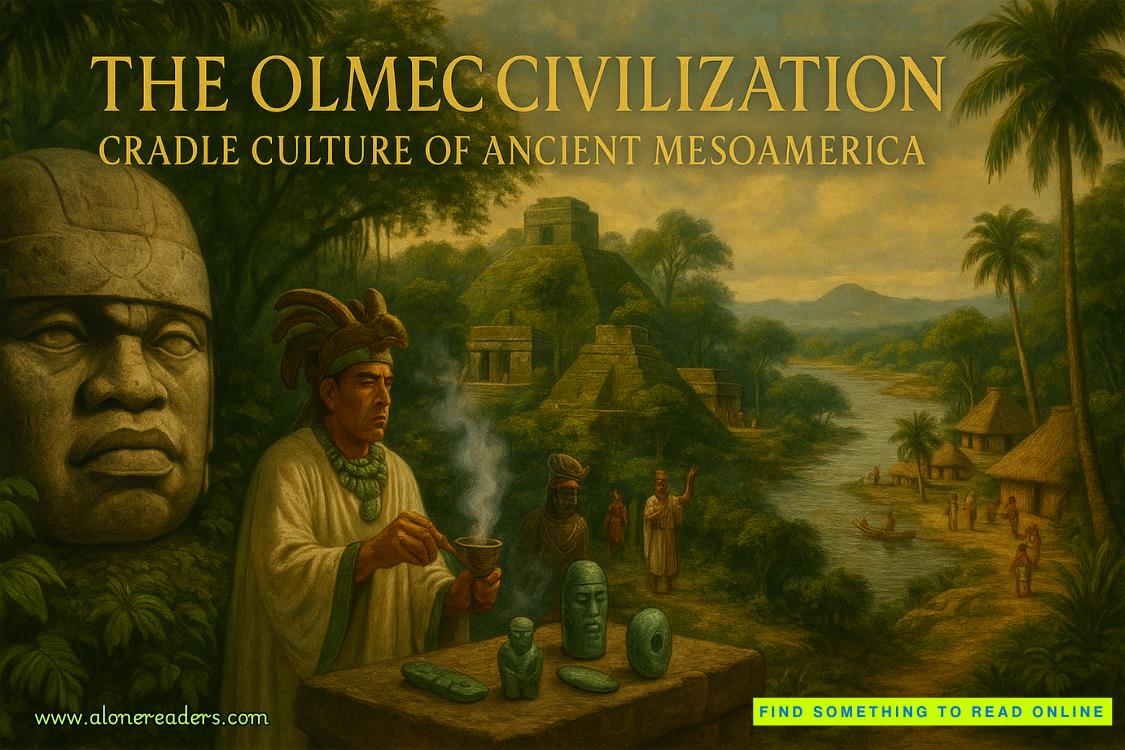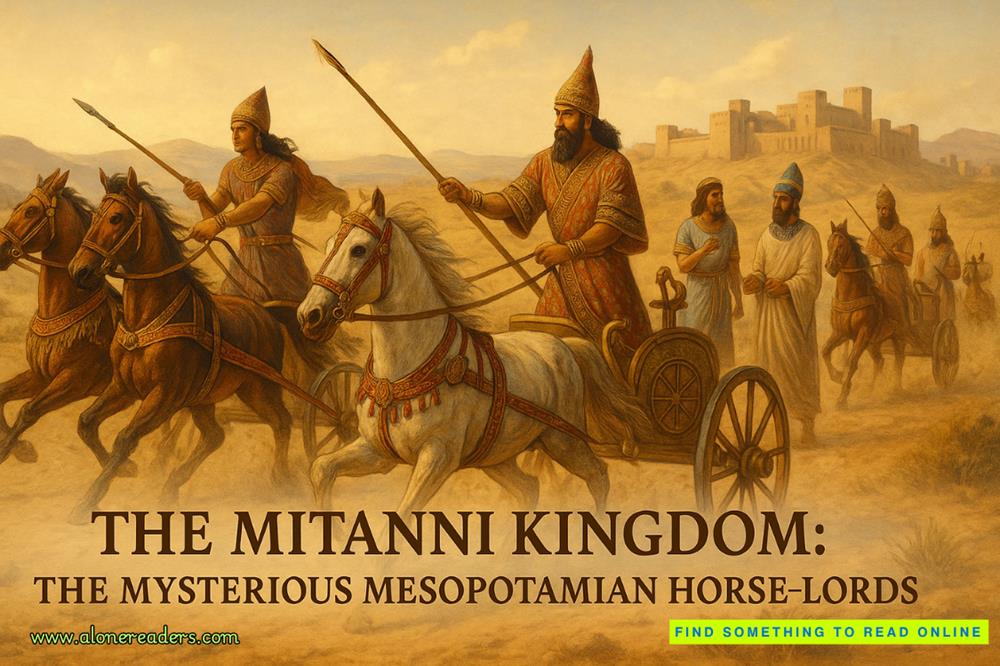Page 29 of Naga's Mate
The scent assaults me before I fully enter the laboratory—metallic, sweet, and unmistakably ours. Something primordial awakens within me, my dormant scales rising beneath my skin as I cross the threshold into our violated space.
The power disruption was calculated misdirection. I recognized this even as I departed to investigate, yet believed our defenses adequate. A miscalculation I shall never repeat.
Evidence of Lyra's extraction surrounds me—security terminals flashing error sequences, scattered research implements, a fractured vial of her specialized compounds. These details fade to insignificance beneath the overwhelming presence of that blood signature—the unique chemical marker of our hybrid offspring, now violently terminated.
My tongue samples the air, perceiving nuances no human sense could distinguish. Beneath the blood, I detect additional signatures: Lyra's fear, sharp and acrid; unfamiliar human males, their perspiration betraying military-grade suppressants designed to mask their biological markers; and something else—a chemical compound I recognize from our collaborative research. The formula Reed had been developing before I restricted his laboratory access.
I navigate the chamber with lethal silence, my serpentine body leaving no sound as I track the extraction path. Three humans transported her—one significantly larger than others, likely Reed himself. The pattern of atmospheric disturbance reveals their movements with crystalline clarity to my heightened senses.
They operated with precision. Not an improvised rescue but a meticulously planned operation.
My lower body constricts around a research station, the reinforced metal groaning under pressure as I follow the scent trail through the corridor. Security protocols disengaged with specialized equipment. Guards neutralized with naga-specific toxins rather than killed—a tactical decision to avoid triggering higher security responses. The extraction team understood our procedures intimately.
The trail winds through the southern greenhouse section, where intensified humidity typically impedes human movement without specialized equipment. They came prepared. The resistance has evolved since our early encounters.
Near the perimeter boundary, I discover the first casualty—a young guard from the eastern breeding lineage. Not deceased but immobilized, pupils dilated from neurotoxin exposure. He will recover physically, though his status may not. I advance, following the increasingly faint signature of my mate and our terminated offspring.
At the complex boundary, all traces vanish abruptly. Vehicle impressions in the soil indicate rapid departure—specialized transport with atmospheric isolation. Military technology repurposed for resistance operations. The trail ends, at least for conventional tracking methods.
Standing at the perimeter, I release the fury I've contained since detecting the breach. Iridescent scales erupt across my entire form, rippling with warning patterns no human would comprehend but any naga would instinctively recognize as deadly intent. My vision shifts to thermal perception, body temperature elevating as transformation completes.
The security team maintaining cautious distance holds position, recognizing the instinctive display of an alpha whose mate and offspring have been stolen. They will not approach until I signal permission, which I cannot yet offer. My restraint remains too fragile, the boundary between calculated response and predatory instinct too easily breached.
Beneath the rage lies something deeper, something rarely acknowledged among our kind. The humans would name it grief. The emptiness where connection should exist. The severed bond that had begun forming with our offspring—a unique life never to be realized. The hollow space where Lyra's presence resonated within my consciousness through our venom connection.
I maintain my vigil until nightfall, processing what human psychology would categorize as profound emotional trauma but what my species recognizes simply as territory violation of the most intimate nature. When I finally return to the complex, my scales have retracted to normal distribution, though my eyes retain the vertical slits of hunting mode.
* * *
The full extent of the extraction's damage becomes evident in subsequent days.
"The botanical repository has been compromised," reports Seren, my second-in-command. Her scales display subdued patterns of distress as she transfers data to my terminal. "Eighty-seven specimens destroyed, including thirty-five classified as irreplaceable. Initial assessment indicates targeted destruction rather than collateral damage."
I process this information with external composure that conceals renewed fury. The destroyed specimens represented generations of research—some predating the Conquest, preserved through meticulous cultivation. Their loss creates a knowledge gap irreparable within my lifetime.
"The targeted specimens were primarily those Lyra studied," I observe, identifying the pattern immediately. "Particularly those related to our hybrid stabilization research."
Seren's tongue flickers in confirmation. "They identified precisely which specimens would most severely impede our progress. Not random destruction—strategic elimination."
"Continue," I direct, anticipating worse revelations.
"Environmental systems in three naga-specific zones were compromised. Toxic compounds introduced through ventilation networks. Contamination has been contained, but complete decontamination requires full shutdown of affected sectors for approximately twelve days."
Again, not arbitrary targets but precisely selected systems that would disrupt operations without triggering catastrophic response protocols. The resistance team knew exactly how to damage us without provoking immediate, overwhelming retaliation.
Seren hesitates, her coils shifting in the distinctive pattern indicating reluctance to deliver particularly disturbing information.
"Speak," I command, maintaining the formal tone expected of territorial leadership.
"There were casualties in the nursery section," she says, scales dulling with controlled grief. "Three juveniles. The fifth-cycle clutch."
The ambient temperature drops noticeably as my control momentarily falters, cold rather than heat being my instinctive response to truly devastating news.
"Show me," I manage, voice unnaturally steady.
The security recording plays on my terminal—grainy thermal imagery showing the extraction team deliberating outside the nursery entrance. Not rushing through in hasty retreat but purposefully pausing. Making a decision. Entering with weapons prepared. The footage ends there—another system strategically disabled—but the outcome is unmistakable in the aftermath documentation.
These weren't accidental casualties or unfortunate proximity to the extraction route. The humans deliberately targeted our young—specifically, the juveniles approaching transition age who displayed the strongest adaptive traits. The next generation of potential leadership.















